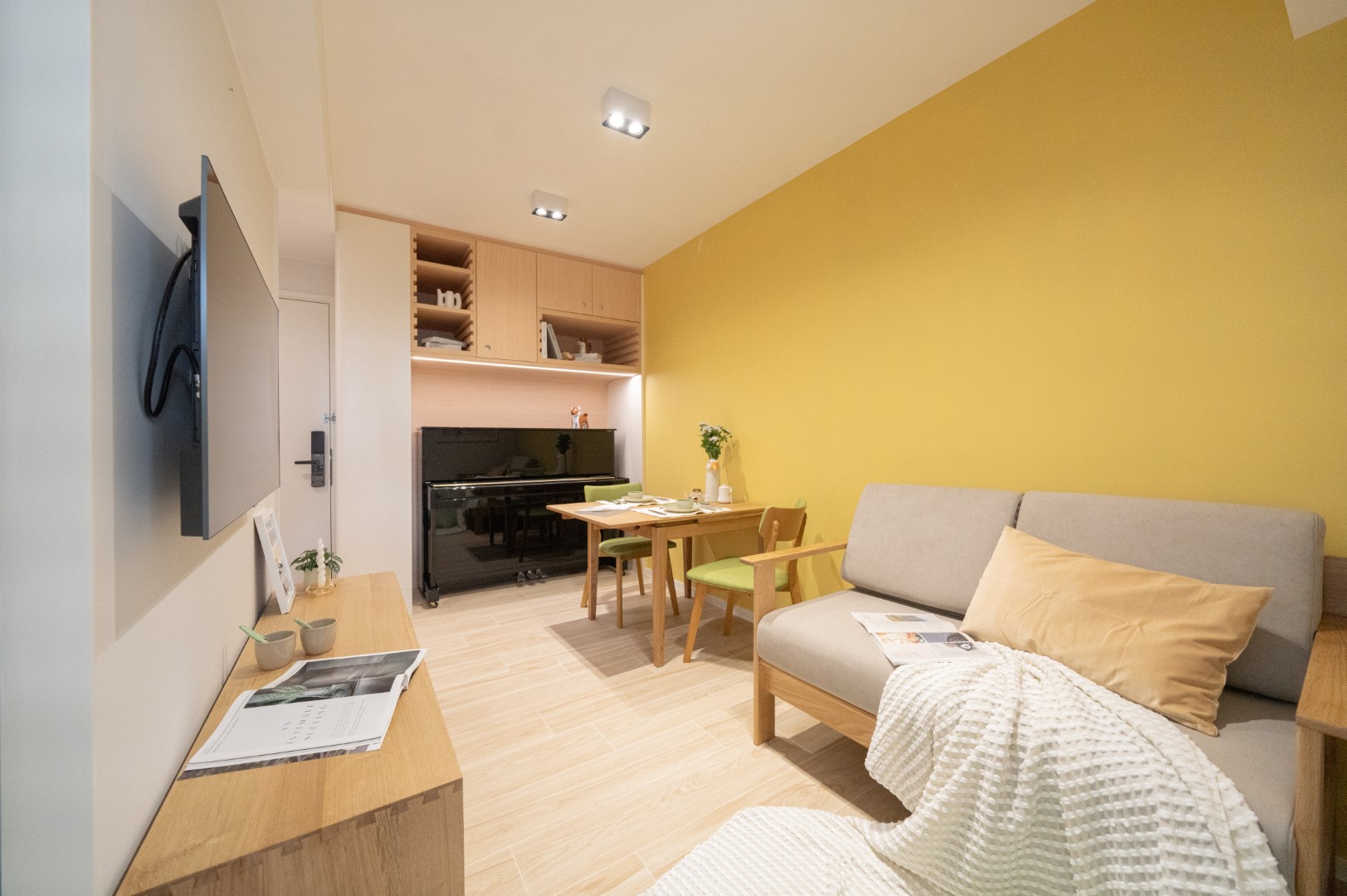 Project: Kam Chun Court Designer: B.R.G. Interior Design
Project: Kam Chun Court Designer: B.R.G. Interior Design
Have you ever noticed how certain spaces make you feel instantly calm, focused, or energized—while others make you feel distracted or even stressed? That’s not a coincidence. Our environment plays a powerful role in shaping our mental state, and interior design is one of the most underappreciated tools in improving daily well-being.
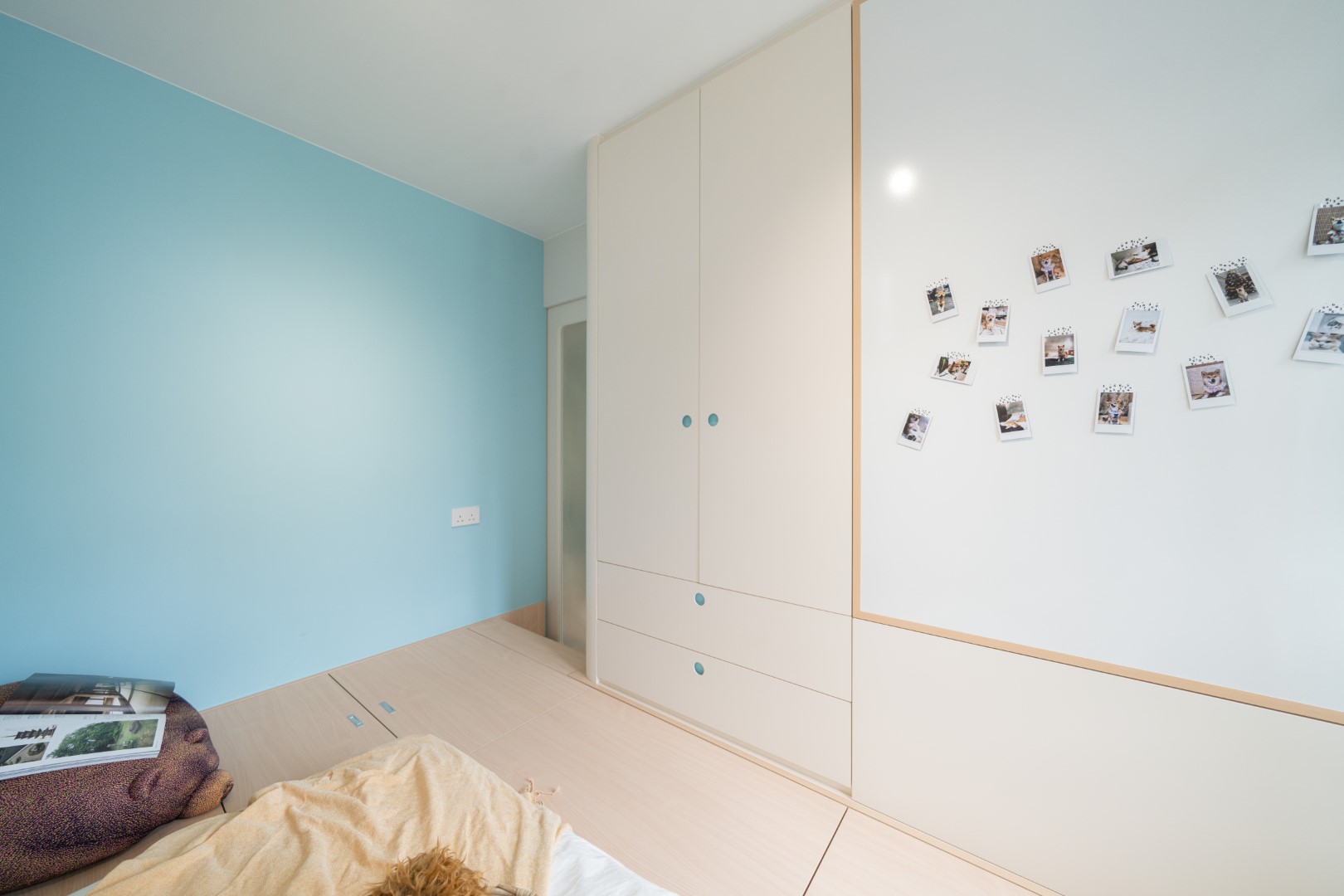 Project: Kam Chun Court Designer: B.R.G. Interior Design
Project: Kam Chun Court Designer: B.R.G. Interior Design
In today’s fast-paced world, we spend more time indoors than ever. This makes the way we design our homes more than just a visual preference—it’s a foundation for emotional balance, productivity, and overall happiness. From the colours on our walls to the way furniture is arranged, every choice subtly influences how we think, feel, and behave.
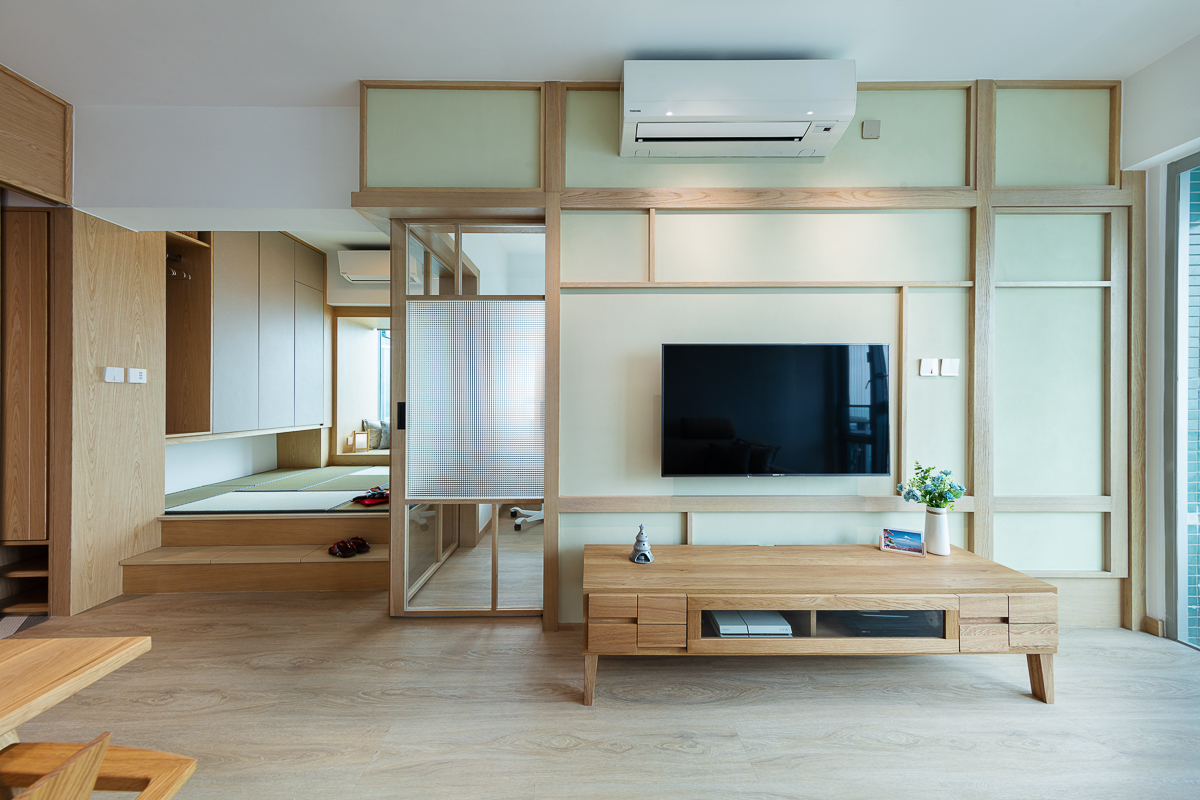 Project: The Pacifica Designer: am PLUS Designs Limited
Project: The Pacifica Designer: am PLUS Designs Limited
Colour Psychology is one of the most studied aspects of design. Soft blues and greens tend to create calming effects—ideal for bedrooms or meditation corners—while warm tones like terracotta and mustard can stimulate conversation and appetite in dining areas. Bright colours can uplift mood, but if overused, may cause overstimulation or anxiety.
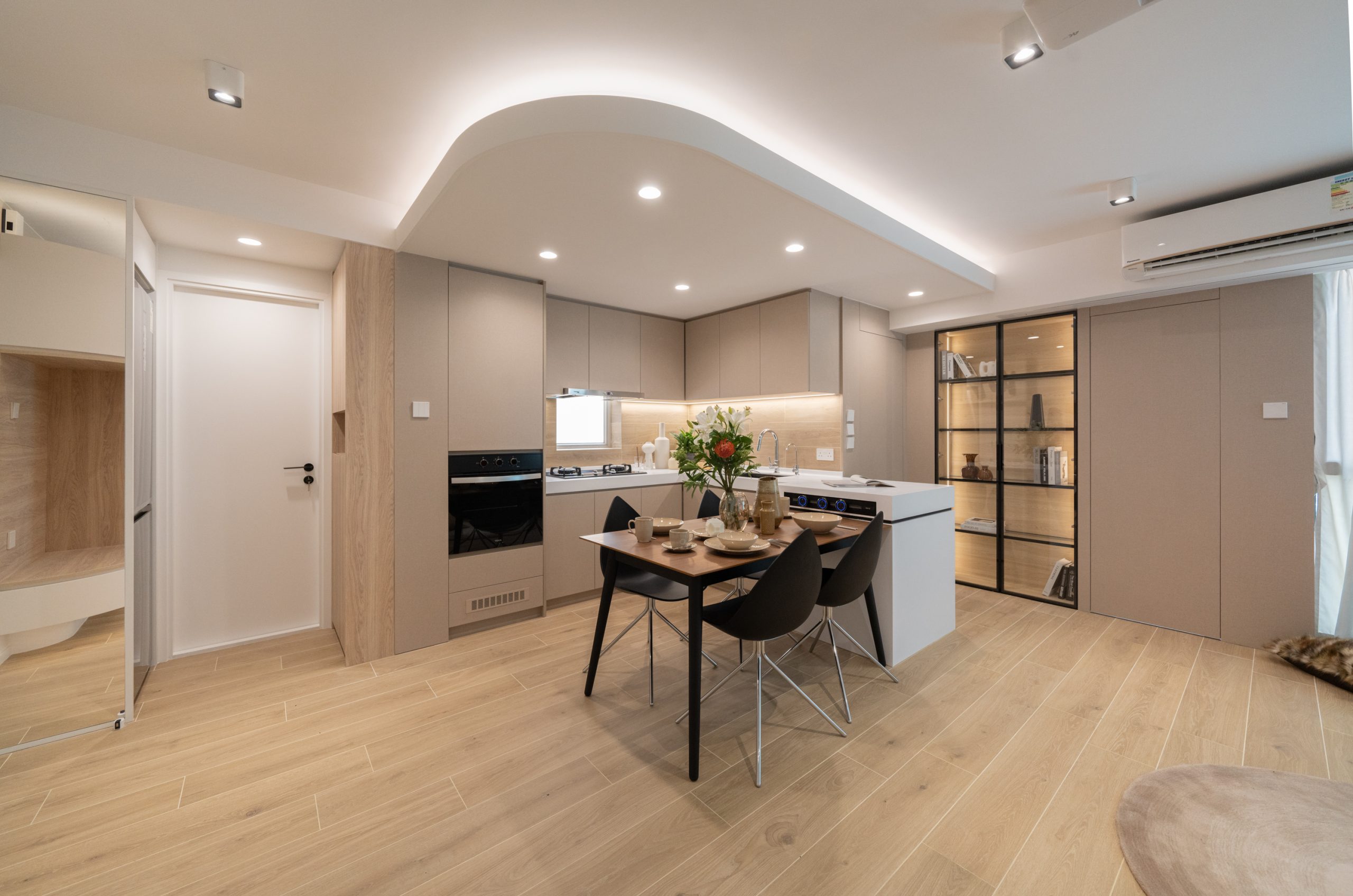 Project: Laguna Verde Designer: B.R.G. Interior Design
Project: Laguna Verde Designer: B.R.G. Interior Design
Lighting also plays a crucial role. Natural light boosts serotonin and regulates our sleep-wake cycles, making spaces feel more energizing. Layered artificial lighting—combining ambient, task, and accent lighting—allows rooms to shift function and mood throughout the day. A poorly lit room, no matter how stylish, can create fatigue and visual strain.
Cluttered spaces often translate into cluttered minds. A minimalist approach doesn’t mean sterile or boring—it means making room for what matters. Open shelving, concealed storage, and thoughtful zoning can turn even the smallest apartment into a sanctuary of order. When everything has its place, your brain can focus better on rest, work, or creative flow.
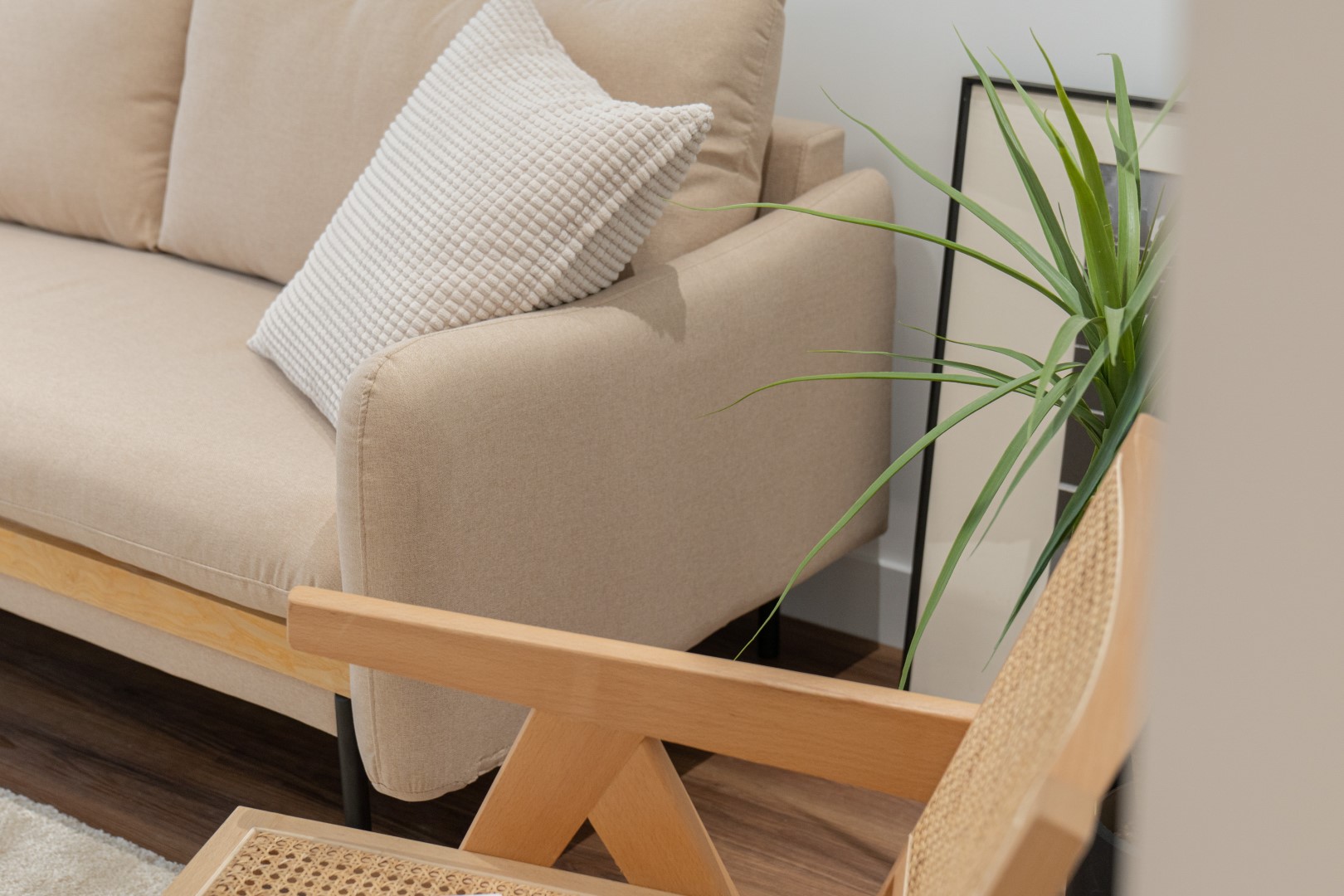 Project: Aberdeen Street (PMQ) Designer: B.R.G. Interior Design
Project: Aberdeen Street (PMQ) Designer: B.R.G. Interior Design
Texture and materials also impact how “safe” or welcoming a room feels. Natural elements like wood, cotton, linen, and stone can trigger a feeling of warmth and grounding, whereas synthetic surfaces may feel cold or impersonal. Introducing tactile diversity makes a space more dynamic and comfortable without needing a full renovation.
Ultimately, interior design isn’t just about aesthetics—it’s about creating an environment that supports your lifestyle, goals, and state of mind. Whether you’re designing a home office to boost focus or a living room to encourage deeper connection with family, small design changes can lead to significant mental health benefits.
If you’re unsure where to start, consulting a professional can save time and avoid costly mistakes. Many firms now offer free consultations or quotes to help homeowners explore design possibilities without pressure.
Read More
Ideal Home Starts with Details: 5 Warm and Cozy Home Showcase
Create storage and display space effortlessly! 5 wooden furniture design tips
2025 Kitchen Renovation Ideas: Stylish & Practical Upgrades for Hong Kong Homes





